Graphic by Forrester Toews/The Griff, Photos by Amanda Erickson/The Griff
What is the CRL, and how does it change the downtown landscape around MacEwan?
This past July, Edmonton city council voted to extend the Community Revitalization Levy (CRL) until 2044 — an extra decade-long commitment to reshaping the downtown core. First introduced in 2015, the CRL allows municipalities to borrow money for infrastructure development in a defined area using property taxes they expect to collect in the future from that area. This means the city can get funding from the province to improve things like housing, roads, or general infrastructure downtown, and pay it back later with the tax money from that area.
Over the last decade, the CRL opened the doors for projects in Edmonton’s downtown, like Rogers Place. But as the downtown skyline begins to shift and shiny developments rise, the line between progress and the pressure of a growing community is getting hard to ignore.
MacEwan University is becoming increasingly central to Edmonton’s downtown identity. With the new $190 million business building in the works and a rising student population of nearly 20,000, MacEwan plays an important role in the area’s daily rhythm, economy, and cultural life. The university brings thousands of students, faculty, staff, and visitors into the downtown core daily, supporting nearby businesses and services. Its theatres, gallery, and public events contribute to the city’s arts and culture, while collaborations with local organizations strengthen ties between the campus and the broader community.
As Mayor Amarheet Sohi says, “104th Avenue would not be what it is today without the investment that MacEwan University has made.”
While the CRL and MacEwan share a geographical border, their relationship is more adjacent than directly intertwined. The CRL doesn’t fund post-secondary institutions. It focuses on public infrastructure aimed at attracting private investment, like the new $250 million event park going up beside Rogers Place. Though the money isn’t going directly to MacEwan, this investment will help shape the spaces where students live, study, and socialize.
“Edmontonians are paying off the mortgage on the arena at over $30 million a year. That’s 30 million a year that can’t be spent on faster buses, faster trains, or more affordable housing.”
— Councillor Michael Janz
According to Sohi, these changes are already having an impact on Edmonton’s downtown. He points to Rogers Place and the hotels that surround it, emphasizing the positive impact tourism has on vibrancy downtown. Sohi also focused on the future Warehouse Park, which will be designed to provide a green gathering space in the downtown core.
“You need green spaces,” he says, noting that such amenities have long been essential parts of the University of Alberta’s campus culture.
For critics of the CRL, like Councillor Michael Janz, the promised benefits don’t outweigh the cost. “Edmontonians are paying off the mortgage on the arena at over $30 million a year,” Janz says. “That’s 30 million a year that can’t be spent on faster buses, faster trains, or more affordable housing.”
His criticism isn’t theoretical. From 2022 to 2024, Canada Mortgage and Housing Corporation (CMHC) reports downtown Edmonton’s vacancy rate fell by 44 per cent while rents jumped 17 per cent. With 36 per cent of MacEwan students renting, the pressure is real.
MacEwan itself has acknowledged the pressure students are under. In a previous interview with The Griff, vice-president (external relations), Lara McLelland said MacEwan was working to find units that meet CMHC requirements, but emphasized that “our core business is teaching and providing the best teaching experience for our students.”
That tension between educational priorities and the rising cost of city life puts students at the intersection of two massive urban projects: a university expanding its footprint and a city betting on revitalization.
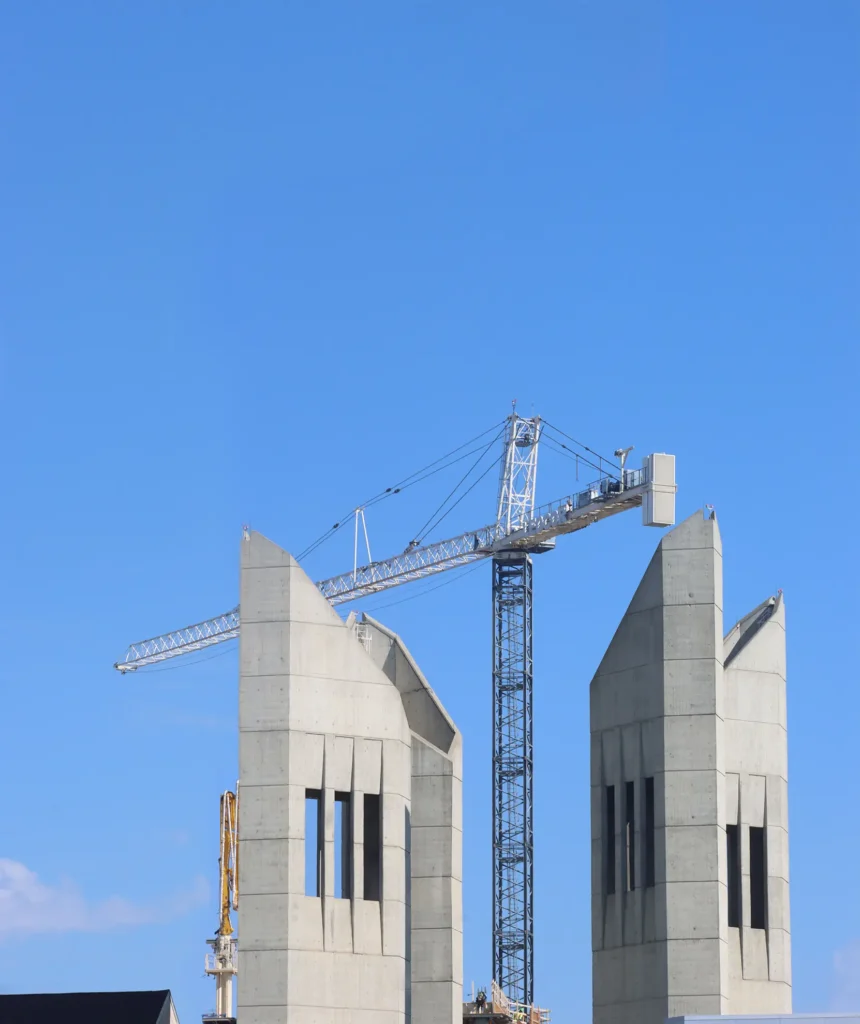
To supporters like Sohi, the long-term results justify the investment. He explains how the CRL relies on revenue that would otherwise not be generated, arguing that the tax uplift from the new towers and amenities downtown can fund future developments. Sohi also notes that event spaces like the planned event park near Rogers Place would be required to offer a third of their usage at discounted rates for public groups, including students. “That access has to be at a discounted, subsidized rate,” he emphasizes.
The exact subsidization rate is still being discussed by the council and will be decided as part of the master agreement conversation in September.
The controversial piece of the CRL extension is an $80 million allocation to the Oilers Entertainment Group (OEG) for the event park project. There have been a couple of numbers thrown around in regards to the event park, but the CRL’s contributions will not exceed $85.5 million. Councillor Andrew Knack argues that the city’s priorities should lie elsewhere. When many downtown residents are struggling with affordability, displacement, and safety concerns, Knack says focus should be on supporting the community downtown, not the businesses. Both Knack and Janz point out that the deal was struck behind closed doors, with the provincial government and OEG meeting before bringing the proposal to the public and city council.
“Council was put in a no-win situation where the provincial government had basically five things for Edmonton, and if we didn’t agree to give Daryl Katz two of those things, we lost our three things,” says Janz.
“Quite frankly, it’s an incredibly disgusting way to do politics.”
Not everyone at City Hall shares that view. Councillor Anne Stevenson voted in favour of the CRL extension and sees the opportunity in the long-term vision by highlighting the potential for new opportunities in the downtown core.
“Council was put in a no-win situation where the provincial government had basically five things for Edmonton, and if we didn’t agree to give Daryl Katz two of those things, we lost our three things.”
— Councillor Michael Janz
“One of the things I’m most excited about is the funding that we were able to make available to support affordable student housing in the downtown,” she says. The Warehouse Park project boasts a new community park in the heart of Edmonton, pushing close to 1000 units of housing in the surrounding area. Some of the provincial contribution to the CRL is also going to housing, with more than $40 million being projected for site servicing of the residential Village at Ice District. This servicing means enhancement to city-owned roads and drainage, water, and power upgrades.
Still, Stevenson recognizes concerns with the CRL. “I appreciate some of the skepticism, and you know, it’s always important that we ask ourselves how our decisions are impacting equity,” she says, explaining that a portion of the CRL is dedicated to increasing equity and access for students and downtown community members alike.
According to a statement provided to the Griff by OEG, OEG says it is partnering with the City of Edmonton and the Government of Alberta on their second phase expansion — a plan that would add new housing, public spaces, and infrastructure to the downtown core. The Event Park and Village at ICE District projects, which the company says have been discussed with the municipal government for “the better part of two years,” were most recently reviewed through a Statutory Public Hearing that gave Edmonton residents an opportunity to weigh in. OEG says that councillors, business groups, and community members have all either provided input on this portion of the CRL, or have been given “ample opportunity to review the deal and provide direction to city administration.” They say that the developments are intended to build on the “$3.2 billion in economic impact” already generated by the ICE District.
Back on campus, the vision may feel distant. MacEwan’s growth, while substantial, is shaped by forces beyond its walls. As development ramps up, students remain at the crossroads with promises of equity, vibrancy, and return on investment.
As Edmonton’s core continues to transform, the CRL stands as both a symbol of ambition and a source of debate. For MacEwan students, the changes unfolding are more than political. Whether the promised vibrancy and affordability materialize or give way to further strain, the outcome will shape not just the city’s skyline but the lives of those who live, work, and study at its core.
The Griff reached out to Dan Williams, Minister of Municipal Affairs, for comment and have not yet received a response.

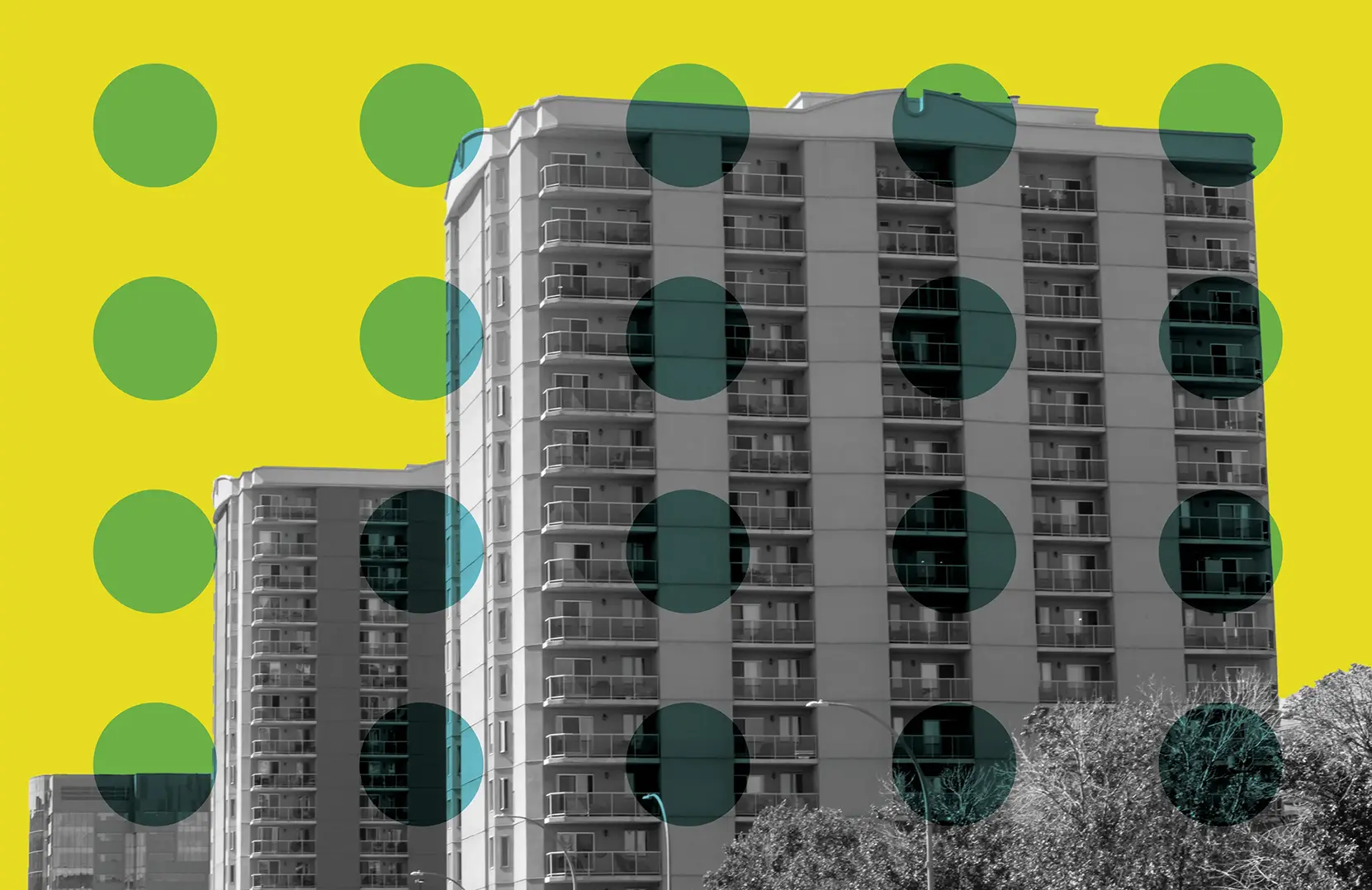
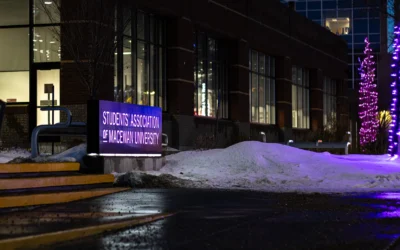
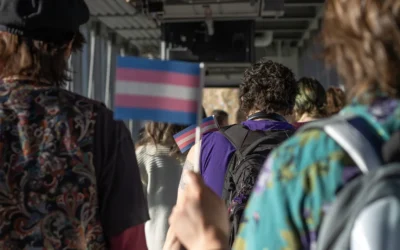
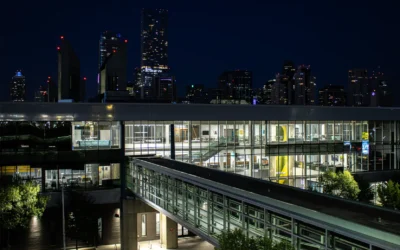
0 Comments